The best Wonder Woman stories of all time
Get better acquainted with our Olympian goddess with the best Wonder Woman stories DC has ever published

DC continued its month-long celebration of eight decades of Wonder Woman with the October 5 release of the Wonder Woman 80th Anniversary 100-Page Super Spectacular.
Like DC's previous 80th anniversary the special features multiple new stories by all-star creative teams celebrating different eras in Wonder Woman's storied history.
So we're going to follow suit with a slight spin and look at some classic stories starring Diana of Themyscira by all-star creative teams (including a healthy portion of George Perez) in our look at the best Wonder Woman stories of all time.
10. 'For a Thousand Years,' Action Comics #761 (2000)

I know, I know. Action Comics #761 (collected in Superman: The City of Tomorrow Vol. 1) isn't a Wonder Woman story per se, but if having her and Superman team up with Thor to defend Asgard from a demon invasion doesn't get your blood pumping, I'm worried for you.
While the action and setting are great, the story by Joe Kelly is really about friendship and how Superman and Wonder Woman coexist as platonic friends for (wait for it ...) one thousand years out of respect to his relationship with Lois Lane. While Lois does fall prey to a little bit of jealousy, Diana never does - despite living with Clark in Asgard for a millennium.
Sealing the deal, artist German Garcia delivers an epic sense of scale despite the much more intimate focus of the story.
Buy: Amazon
Get the best comic news, insights, opinions, analysis and more!
9. JLA: A League of One (2002)
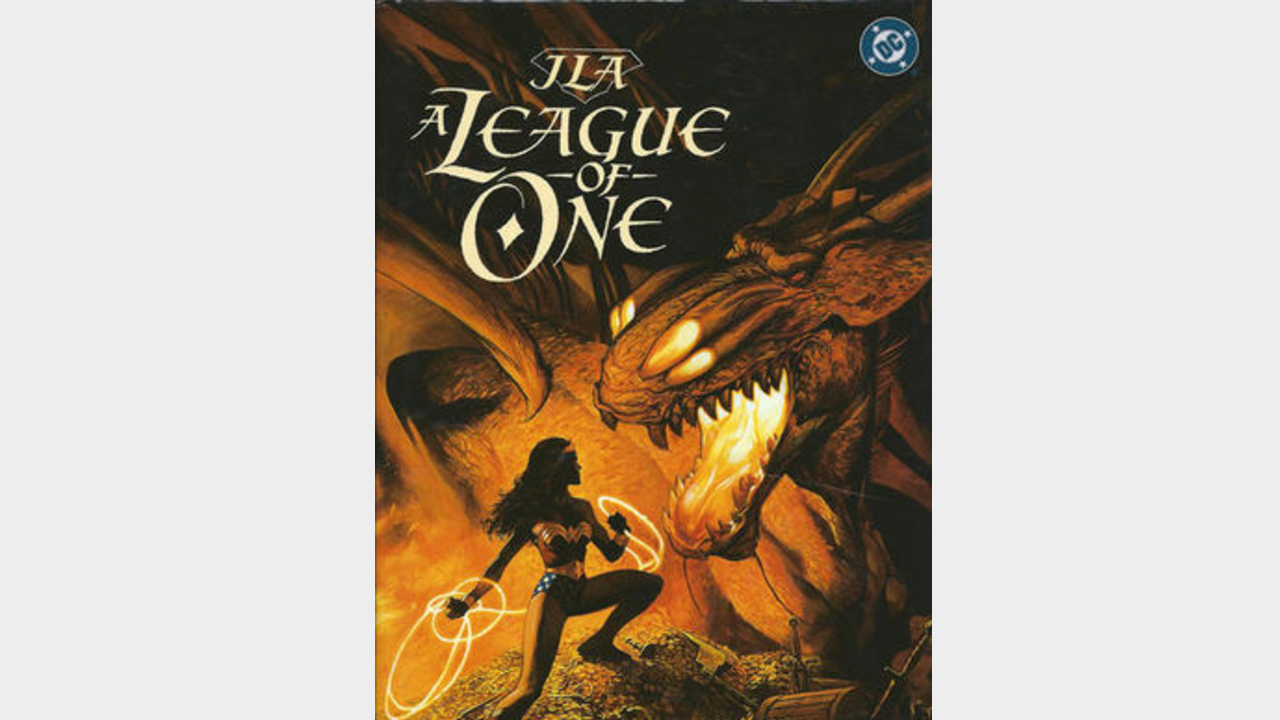
Superhero teams can be really fun when writers know how to balance them. But all too often, one or two characters get the short end of the stick. That's certainly been true of Wonder Woman at different times in her Justice League tenure, but Christopher Moeller's JLA: A League of One one-shot seeks to remedy that a little bit.
A prophecy proclaims that the Justice League will fall at the claws of an ancient dragon. To save the League, Diana decides that only one member of the team should be around to face the threat: Wonder Woman herself.
Moeller plays with themes about sacrifice and duty while rendering the action with the kind of fantasy-styled art that made him so popular with the Magic: The Gathering set. Diana's selflessness is a key to her character and Moeller pushes it to the forefront in this story.
Buy: Amazon
8. Wonder Woman: Hiketeia (2003)
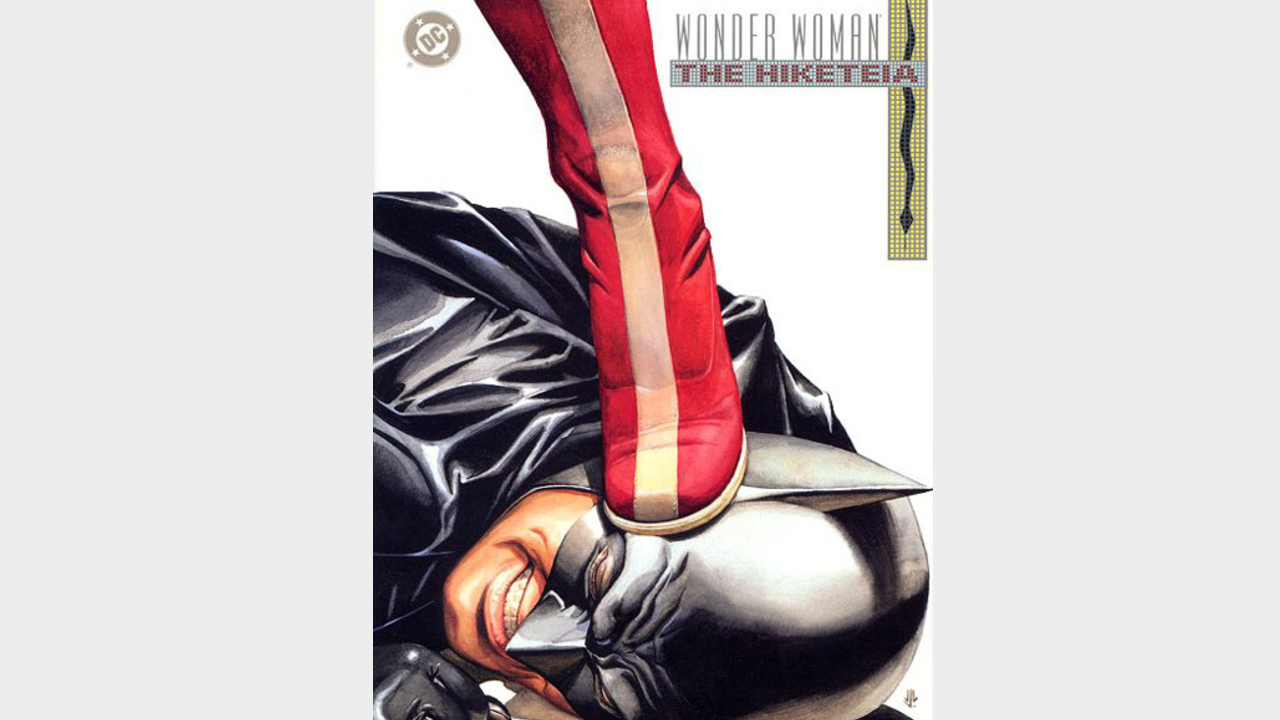
Due to her power set, Wonder Woman has always been seen as more of an equal to Superman than other DC characters. But Greg Rucka and J.G. Jones's exploration of her relationship to Batman in Wonder Woman: Hiketeia proves to be just as, if not more, compelling.
The Hiketeia refers to a sacred ritual of supplication and protection. A young girl named Danielle becomes Wonder Woman's ward after escaping sex traffickers - killing them in self-defense during the escape.
Of course, that runs counter to Batman's philosophy about justice, setting him on a crash course with Diana. This story is a great rumination on the intersection of morality and justice, a must-read for fans of any of Rucka's work.
Buy: Amazon
7. 'Challenge of the Gods,' Wonder Woman (1987) #8-14

Not content to simply redefine Wonder Woman's origins, George Perez used the second arc of his run with co-writer Len Wein (collected in Wonder Woman By George Perez Vol. 1) to expand Diana's world.
Still dealing with the patriarchy, she had to contend with newfound celebrity and the introduction of one of the longest-lasting iterations of her nemesis the Cheetah.
Cheetah's lust for power ran very counter to Diana's beliefs, providing the foundation for a great foil and a formidable foe for Wonder Woman.
A key to the greatness of Perez's run was divorcing Diana's history from the Justice League and letting her stand on her own. She didn't begin her history as a character defined by the men around her, and Perez, along with editors Janice Race and Karen Berger, were determined to make that the case again.
Perez and Wein dove into the origins of Wonder Woman's costume, her rivalry with her fellow Amazons, and just what happens when you turn down the advances of the king of the Greek gods, Zeus himself - setting a decades-long precedent for Wonder Woman's relationship with the gods of Olympus.
Buy: Amazon
6. 'The Twelve Labors,' Wonder Woman (1942) #212-222
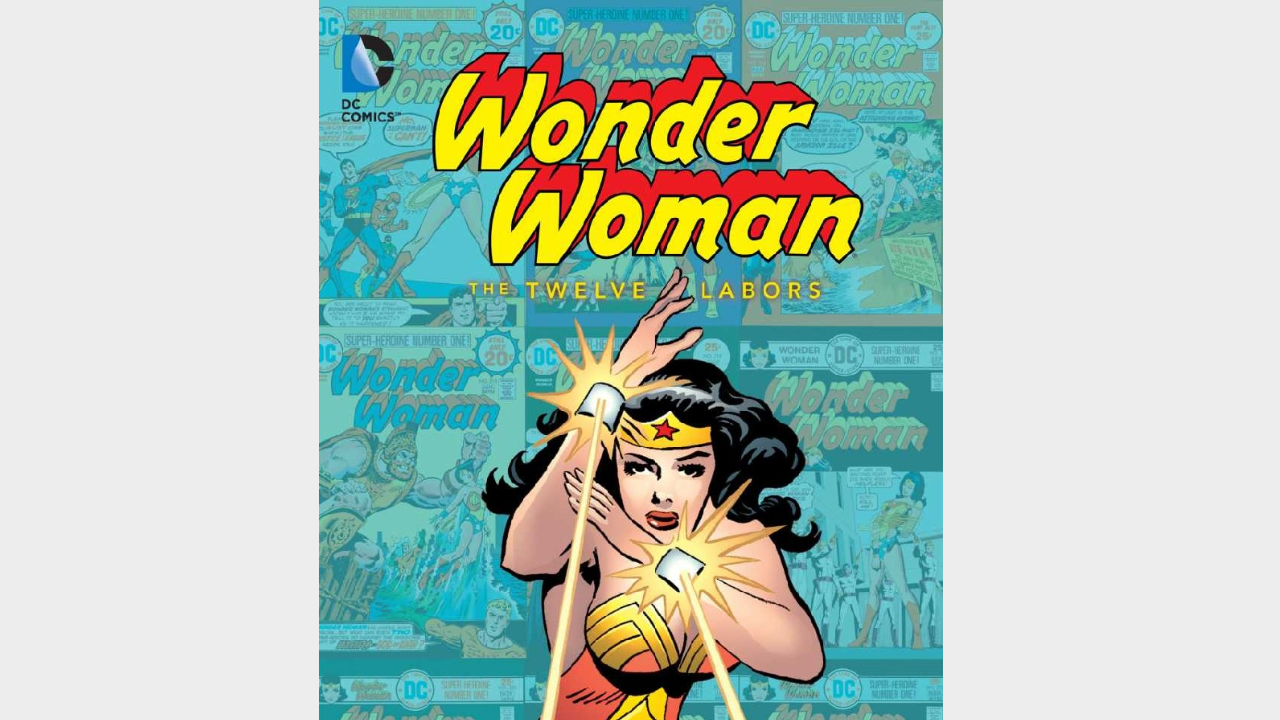
At the end of the '60s and into the '70s, Wonder Woman became a stylish spy thriller in the vein of James Bond or the Avengers (not the ones you're thinking, the other Avengers). But at the behest of another feminist icon, Gloria Steinem, DC decided to return Wonder Woman to her heroic roots and traditional costume.
In the story arc collected as Wonder Woman: The Twelve Labors, a depowered Diana had to complete twelve tasks to prove herself and be readmitted into the Justice League (a la the mythological twelve labors of Hercules). To sell the new take, DC rolled out a murderer's row of Bronze Age talent including Curt Swan, Martin Pasko, and Len Wein (who would later team up with George Perez for another reboot of the character).
A state of constant flux would come to define Diana for much of the '70s as rotating creative teams and editorial edicts that wanted to move the book closer in sync to the TV show were the norm. But 'The Twelve Labors' stands as one of the most consistent stories during that period, re-establishing Wonder Woman's place among her fellow superheroes.
Buy: Amazon
5. 'Paradise Lost,' Wonder Woman (1987) #164-#170

After George Perez, Phil Jimenez might be the most definitive artist in Wonder Woman's history, thanks to his eye for design and plotting. (Though recent artists such as Nicola Scott and Bilquis Evely have made big impacts as well).
Co-written with J.M. Dematteis, Joe Kelly, and George Perez himself, Jimenez's 'Paradise Lost' collection is a great balance of big and small moments for Wonder Woman. The 'Gods of Gotham' storyline sees her take on Batman's regular rogues who have been powered up by the pantheon of gods. And if that's not enough she has an Amazon civil war to contend with when she gets back to Themyscira in the following two issues.
But the conclusion of this collection is the real draw. #170 features a one-off story called 'She's a Wonder' that takes a look at the relationship between Diana and Lois Lane. Lois learns what it means to be Wonder Woman in an issue that is both heartfelt and vulnerable.
Buy: Amazon
4. 'The Circle,' Wonder Woman (2005) #14-17
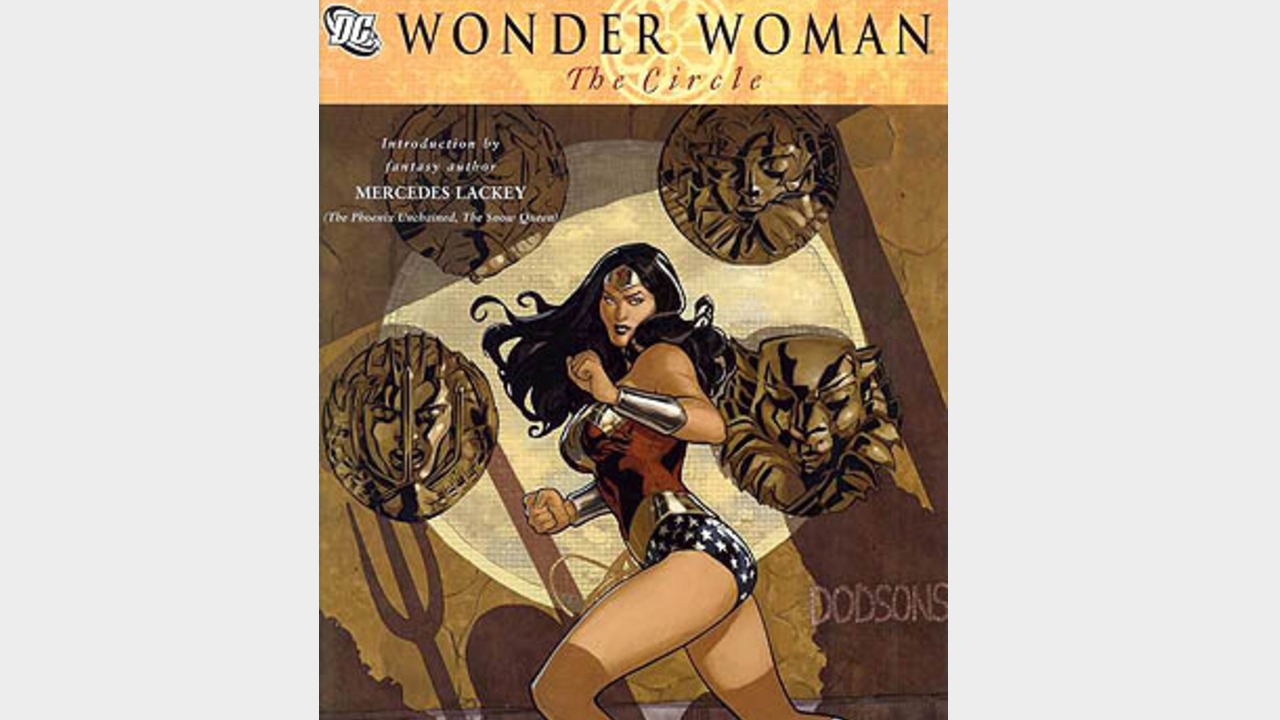
In the wake of Infinite Crisis, DC was looking to bring Wonder Woman back to her roots and called upon Gail Simone to do the deed. Consequently, Simone's first arc 'The Circle' featured yet another refocusing of Diana's origins to fit the current state of the DCU.
Thankfully, Simone stuck the landing, giving Diana a new job as an agent for the Department of Metahuman Affairs, a new love interest in fellow agent Tom Tresser, and a slightly redefined relationship with her mother and birthplace.
Simone brings the humor and compassion she's known for to Wonder Woman, balancing the more Golden Age elements of the plotting like talking gorillas and Nazi punching with the essential traits of the modern Diana.
Buy: Amazon
3. 'Eyes of the Gorgon,' Wonder Woman (1987) #206-213
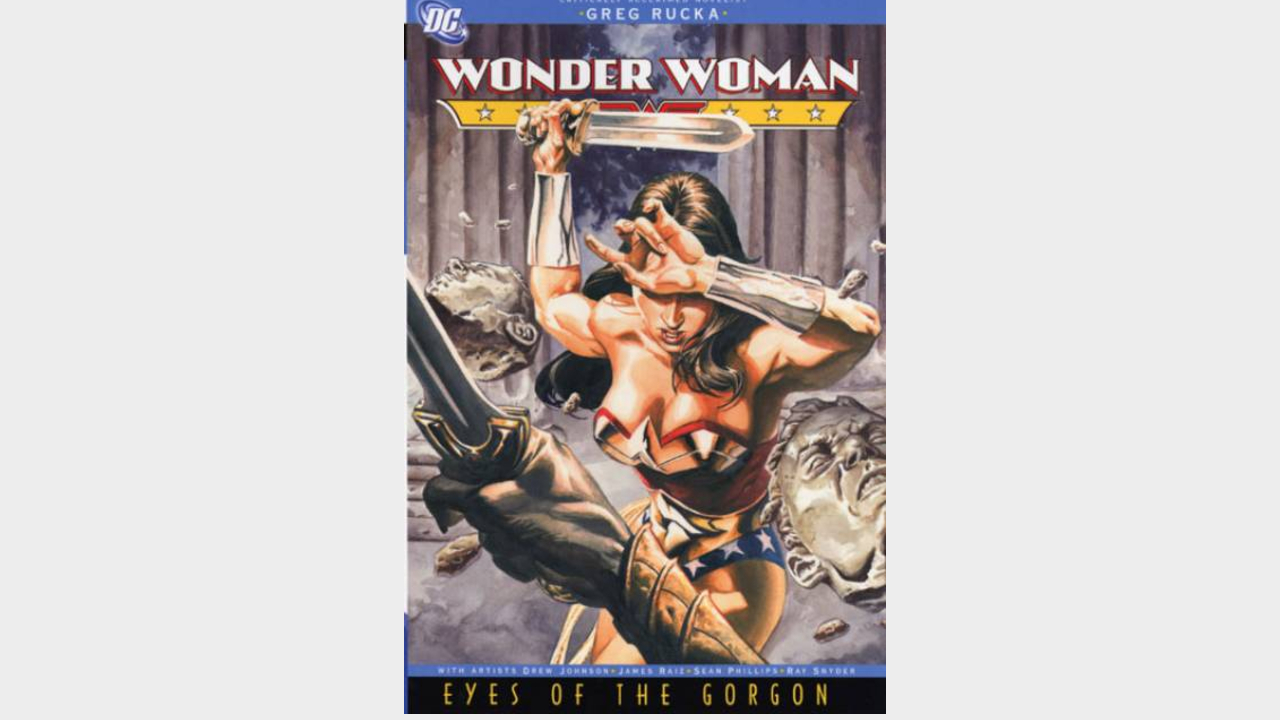
Greg Rucka earned his reputation as one of Wonder Woman's most heralded writers by dialing in on the values and concepts that define Diana at her core. Problem-solving and critical thinking has always been her hallmarks - and Rucka puts those traits into direct focus in 'Eyes of the Gorgon' by establishing Wonder Woman in the role of Themyscira's political ambassador to the United States.
Of course, that also sets up a prime opportunity for her rogues' gallery to make their move, unleashing the mighty Medusa to go toe-to-toe with Wonder Woman.
Rucka's modernized take on the pantheon of gods is fun, but it's the sacrifice that Diana is forced to makes this story one for the ages.
Buy: Amazon
2. 'Gods & Mortals,' Wonder Woman (1987) #1-7
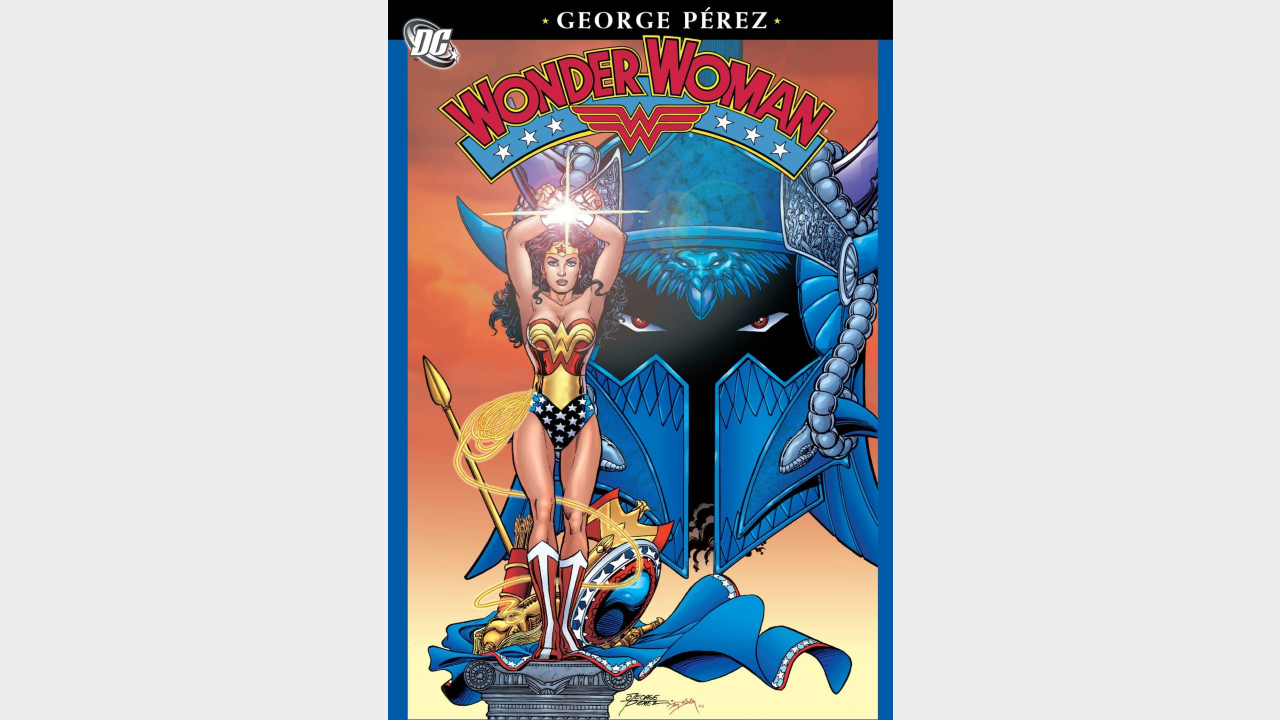
Post-Crisis on Infinite Earths, DC had a lot of room to reinvent its characters and drill them down to the most basic concepts. But with Wonder Woman's constant reinventions over the years, that task was daunting.
Enter George Perez (his name has come up a few times on this list). While the writer/artist only meant to stay on the book to get things started before leaving her to other creators, he instead became enraptured with Diana and 'Gods and Mortals' kicked off a now-legendary 60-issue run.
'Gods and Mortals' refocused the origins of Diana, the Amazons, Themyscira, and their connection to the gods. It featured a face-off with Ares and Diana's first foray into the world of men. This story laid the foundation for basically everything that has come since - a modern take on her classic origins that has largely endured for decades.
And did we mention Perez's excellent art? Sufferin' Sappho! In 1987, the man was a force to be reckoned with and these pages prove why his legacy with DC's warrior princess lasts to this day.
Buy: Amazon
1. 'Battle for Womanhood,' Wonder Woman (1942) #5

In a 1943 issue of The American Scholar, William Moulton Marston wrote, "Not even girls want to be girls so long as our feminine archetype lacks force, strength, and power... The obvious remedy is to create a feminine character with all the strength of Superman plus all the allure of a good and beautiful woman."
Wonder Woman is impossible to separate from the life and ideas of her creators Marston and his two partners, Elizabeth Holloway Marston and Olive Byrne. Marston was a psychologist and the inventor of the systolic blood pressure test that would lead to the polygraph - as well as an unapologetic feminist who believed in female superiority and subtly coded Wonder Woman as one of the first queer characters in comic book history, a trait that has become openly canon in modern times. He also famously used bondage as a metaphor in Wonder Woman for men's oppression of women.
Marston wanted to create a character who won each day with love rather than pure strength and in Diana Prince, he was able to do that.
Collected in Wonder Woman; The Golden Age Vol. 1, 'Battle for Womanhood' is just one example of William sticking to that formula through and through. With Doctor Psycho menacing American women and threatening to return them to the days of "clanking chains and abject captivity," Wonder Woman uses not just her might to foil his plot and rescue Steve Trevor, but her wit and the strength of her friends... and maybe a kangaroo that could jump into space. (Hey, the Golden Age can be a little wacky especially when HG Peters is handling the art.)
But Marston was keen to never lose the plot as Wonder Woman declares in the final panel "Earth girls can stop men's power for evil when they refuse to be dominated by evil men!"
Buy: Amazon
Pierce Lydon has been a contributor to Newsarama for over 10 years, writing everything from reviews to deep dive explainers, to interview pieces and best lists.


